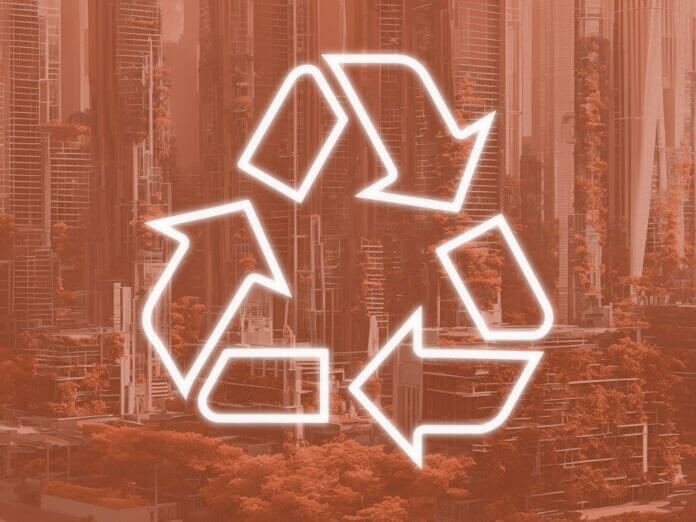
KORE – August 27, 2024
Collected at: https://www.iotforall.com/the-role-of-iot-in-reusable-cups
In our modern, fast-paced world, disposable cups have become ubiquitous in daily life, contributing significantly to global waste. However, the Internet of Things (IoT) is emerging as a powerful ally in the battle against waste, supporting innovative use cases that promote recycling and the use of reusable cups. This shift not only helps the environment but also paves the way for sustainable business practices.
By learning about and adopting current advancements like reusable cups, businesses open up new possibilities to reduce carbon footprint, improve environmental operations, and even save on operational costs. There is also a corporate social responsibility to take on new practices that promote sustainability, increase ethical culture, and help move corporations toward the mission of IoT for Good.
The Problem with Disposable Cups
Every year, billions of disposable cups end up in landfills, creating a massive environmental burden. Plastic lining in these cups often makes them difficult to recycle, while their production and disposal add to carbon emissions and pollution. Addressing this issue is crucial for the following reasons:
- Reducing environmental impact
- Enhancing corporate social responsibility
- Meeting consumer demand for sustainable practices
IoT: A Game-Changer for Reusable Cup Systems
The Internet of Things (IoT) is revolutionizing the way we manage reusable cup systems, making them more efficient and user-friendly. However, by integrating IoT technology, companies can create smart systems that track and manage the lifecycle of reusable cups, from distribution to return and sanitation.
Key IoT-Enabled Features
- Smart Return Stations – IoT-enabled return stations allow users to conveniently return their used cups. These stations can be equipped with sensors that monitor the number of returned cups, ensuring timely collection and preventing overflow.
- Real-Time Tracking – IoT devices can track the location and status of reusable cups, providing valuable data on usage patterns and helping optimise the distribution and collection processes.
- Automated Cleaning and Redistribution – Once collected, cups are sent to cleaning facilities where IoT technology ensures they are sanitized according to industry standards. After cleaning, the cups are ready to be redistributed, completing the cycle.
- User Engagement – IoT can enhance the user experience by providing real-time updates on the availability of return stations and promoting sustainable practices through apps and notifications.
IoT For Good
The integration of IoT technology in reusable cup systems represents a significant step forward in waste management and sustainability. In effect, by adopting such innovative solutions, businesses can reduce their environmental footprint, improve their public image, and meet the growing demand for sustainable practices.
Kooky is leading the charge in Switzerland with an innovative approach to takeaway drink containers. The Kooky initiative replaces disposable cups with reusable Kooky cups, creating a closed-loop system designed to significantly reduce waste and minimize environmental impact. Users return these cups to designated Kooky return boxes, collected, thoroughly cleaned, and redistributed to partner companies.
To learn more about how IoT is transforming waste management and promoting sustainability, download this case study on Kooky’s successful implementation of a reusable cup system. Discover how your business can join the revolution and make a positive impact on the environment.

Leave a Reply